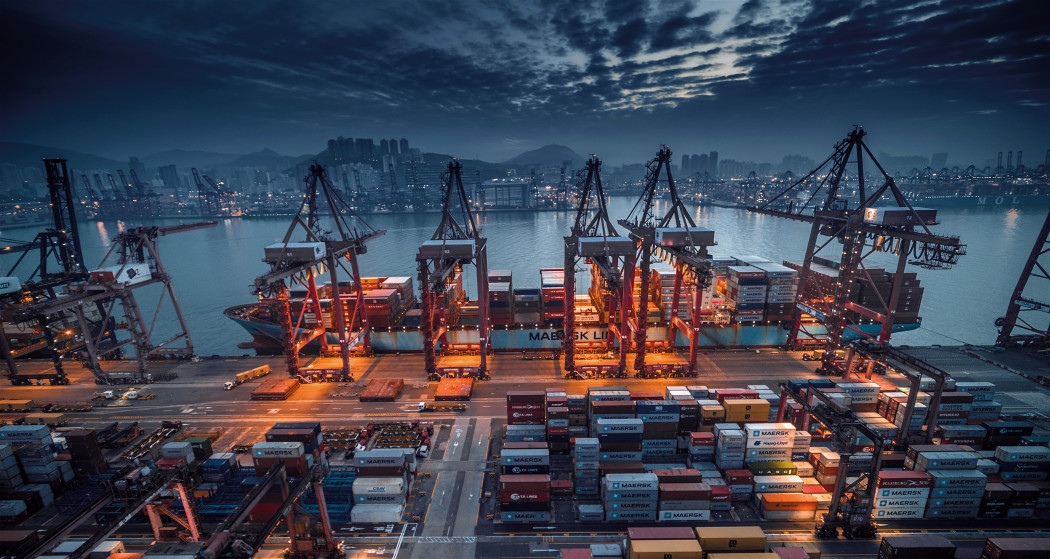Exporting GS1 standards – increased product visibility at the border
GS1 standards are used by the vast majority of New Zealand’s product exporters, providing increased product visibility while streamlining the clearance process at the China border.
Our interoperable standards enable exporters and importers to exchange digital product information when exporting food and beverages, pharmaceuticals, cosmetics and other products.
The GS1 ‘Product Passport’, contains product information that enables our members to provide visibility of products to distributors and retailers.
The same information is also required by border agencies to assist with and expedite import clearance. The Product ID, or Global Trade Item Number (GTIN – barcode number) has been adopted by New Zealand Customs and other customs agencies around the world.
Perhaps, one of the most advanced implementations of GTINs at the border is with China Customs. The GTIN is now asked for ‘upfront’ and is visible to all importers when making declarations. This provides China Customs with confidence in data integrity and risk analysis.
GS1 NZ is intrinsically part of the Chinese Customs' clearance process now, with GTINs submitted at the border coming back to us to validate the product information from New Zealand exporters, using our product registry. A similar process is now happening with at least 25 other economies exporting to China.
This partnership creates opportunities to lower the costs for GS1 NZ members who are exporting
products to China.
"China Customs has found improved accuracy and consistency of data and a significantly reduced import declaration time."
To illustrate this, China Customs has found that the implementation of the GTIN in their systems has improved the accuracy and consistency of data, resulting in a reduced import declaration time – down from 20 minutes to 10 seconds (a 99.9% reduction).
Extending further, in China the GTIN is being automatically matched to the custom's Harmonized Tariff Code (the ‘HS Code’). The HS Code is required by all border agencies and statistics departments, and forms the basis for classifying products in trade agreements. Exporters find obtaining the right HS Code time-consuming and error-prone. The automation implemented by China Customs has eliminated this hassle, and simultaneously provided better data quality, bio-security risk management and food safety.
The path pioneered in China has real opportunities for enhancing NZ’s border processes. We are looking to work with NZ Customs and the Ministry for Primary Industries on how we can help at the border, by leveraging the Product Passport to help our international trade members.

